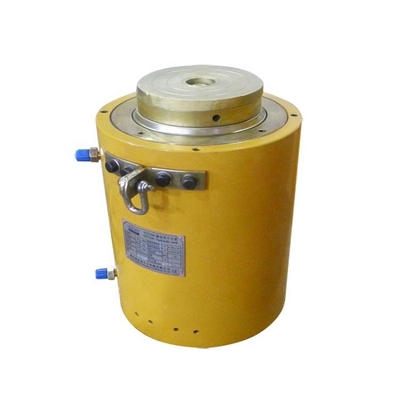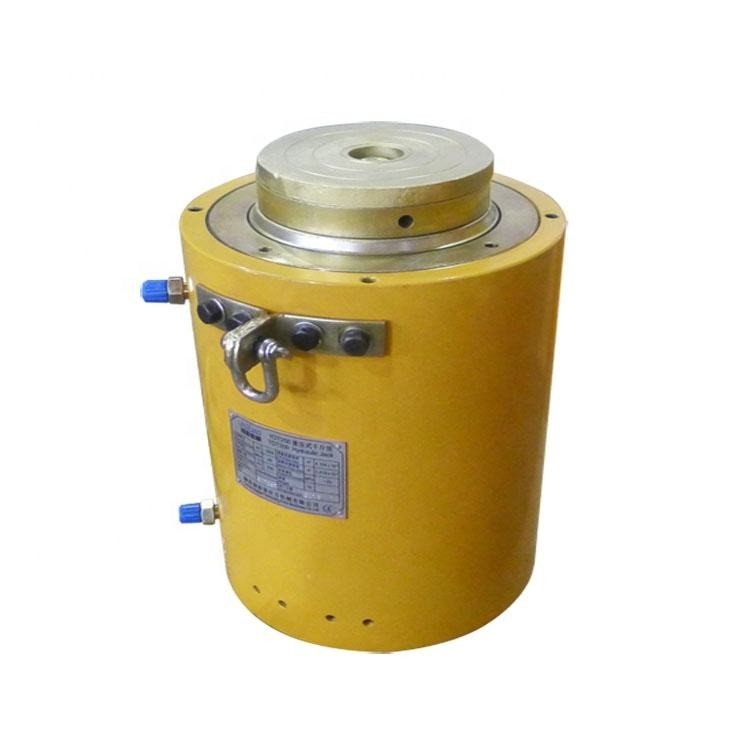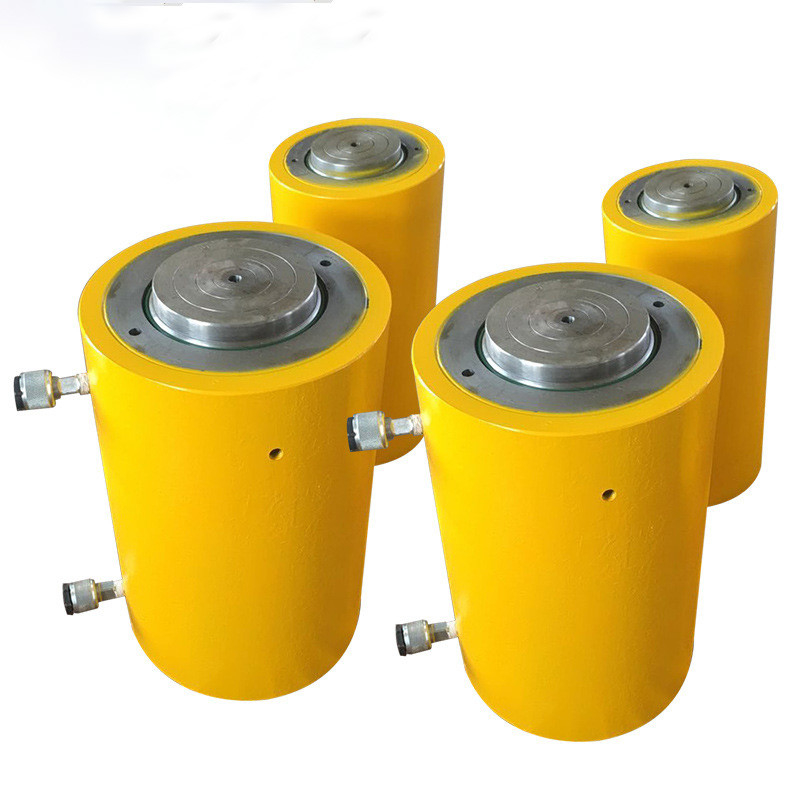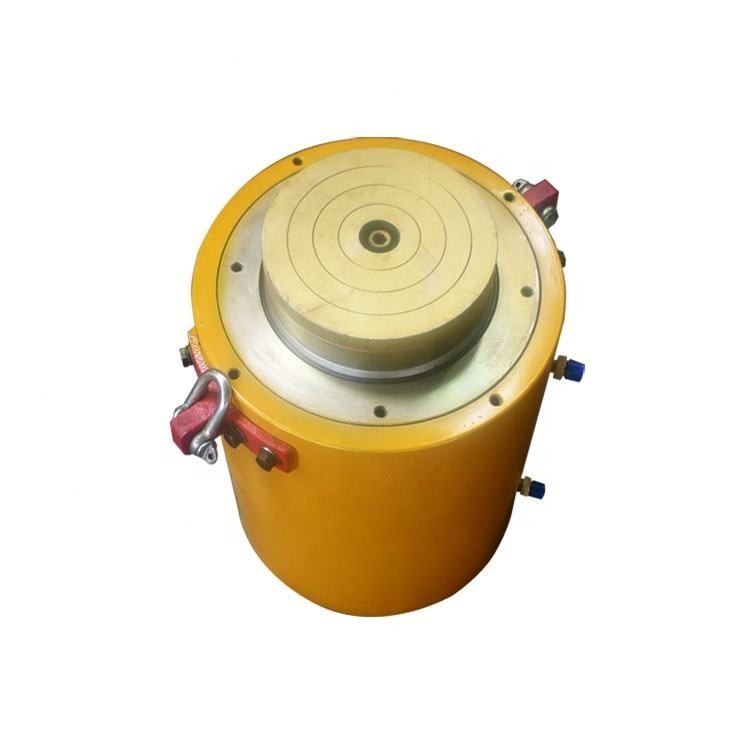
Piston Cylinder Synchronous Hydraulic Acting Jack For Bridge Construction
-
Highlight
Bridge Construction Hydraulic Acting Jack
,Piston Cylinder Hydraulic Acting Jack
,Synchronous Hydraulic Bridge Jack
-
Tonnage10-100T
-
Weight4.1-22.7kg
-
Work Pressure63Mpa
-
ColorCustomerized
-
Extension126-198mm
-
StructurePiston Cylinder
-
Warranty1 Year
-
Maximum Stroke57mm
-
Place of OriginChina
-
Brand NameZHONGTUO
-
CertificationCE; ISO
-
Minimum Order Quantity1PC
-
Packaging DetailsWooden Case
-
Delivery Time7-15Days
-
Payment TermsL/C, D/A, D/P, T/T, Western Union, MoneyGram
Piston Cylinder Synchronous Hydraulic Acting Jack For Bridge Construction
How to use Synchronous hydraulic acting jack
1. If the amount of oil in the pump body is insufficient, it is necessary to add working oil (10# engine oil) to the pump before it can work.
2. Estimate the lifting capacity and avoid overloading.
3. Determine the center of gravity of the lifting object and select the point of jacking force. At the same time, it must be considered whether the ground is soft or hard and whether it is padded with tough wood to avoid the danger of dumping when lifting.
4. After the jack lifts the heavy object, the heavy object should be supported firmly with tough wood in time. It is forbidden to use the jack as a support to avoid the unbalanced load and the danger of dumping.
5. When using, first connect the quick joint of the manual pump with the top, then select the position, and tighten the oil drain screw on the oil pump to start working. Loosen the oil drain screw and unload the oil cylinder.
6. For the electric pump, please refer to the electric instruction manual.
Technical Parameter of Synchronous hydraulic acting jack
| Model | Tonnage Ton |
Piston Stroke mm |
Height mm |
Extension mm |
Cylinder outer diameter D(mm) |
Weight Kg |
Work pressure Mpa(bar) |
| RM-TRCS-101×4 | 10 | 38 | 88 | 126 | 70 | 4.1 | 63 (630) |
| RM-TRCS -201×4 | 20 | 45 | 98 | 142 | 88 | 5 | 63 (630) |
| RM-TRCS -302×4 | 30 | 62 | 117 | 179 | 104 | 6.8 | 63 (630) |
| RM-TRCS -502×4 | 50 | 60 | 122 | 182 | 138 | 10.9 | 63 (630) |
| RM-TRCS -1002×4 | 100 | 57 | 141 | 198 | 188 | 22.7 |
63 (630) |
![]()
![]()
Precautions of Lock Synchronous hydraulic acting jack
1 During the jacking process, a safety sleeper frame should be laid under the hydraulic jack in time as the weight continues to rise to prevent the hydraulic jack from tilting or causing the piston to drop suddenly and cause an accident. The distance from the weight must not exceed the thickness of a sleeper to prevent accidents!
2 If the lifting height of the heavy object needs to exceed the rated height of the hydraulic jack, it is necessary to put a sleeper under the heavy object lifted by the hydraulic jack, lower the hydraulic jack, raise the bottom, and repeat the lifting until the required lifting height.
3 Hydraulic jacks cannot be used as permanent support equipment. If it needs to be supported for a long time, the supporting part should be added under the heavy object to ensure that the hydraulic jack is not damaged.
4 If only one hydraulic jack is used to lift one end of the heavy object, the hydraulic jack should be placed on the symmetrical axis of the heavy object, and the length direction of the hydraulic jack base should be consistent with the direction in which the heavy object is easy to fall. If two hydraulic jacks are used at one end of the heavy object, the direction of the base should be slightly splayed and symmetrically placed on both sides of the symmetrical axis of the heavy object.


